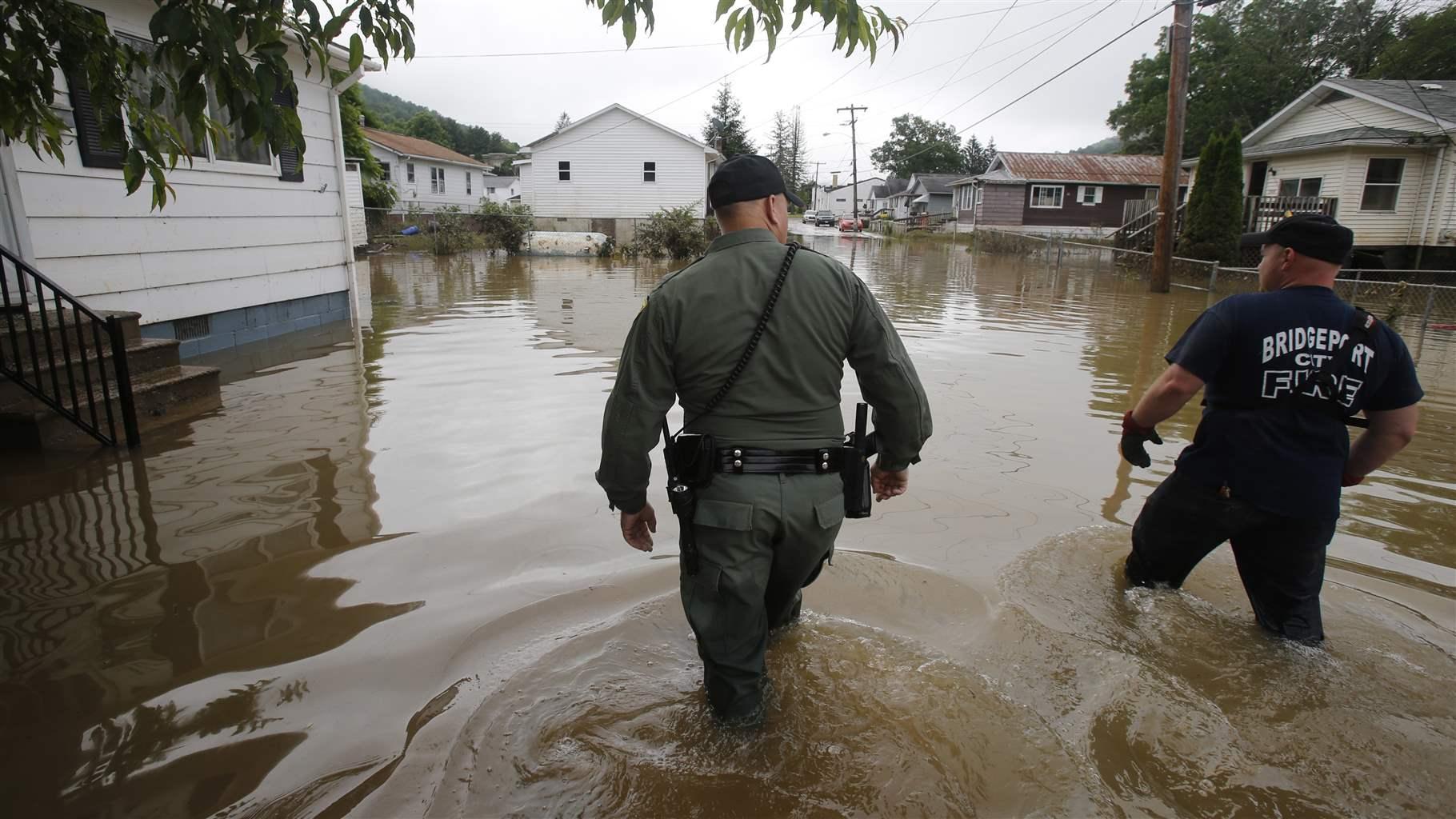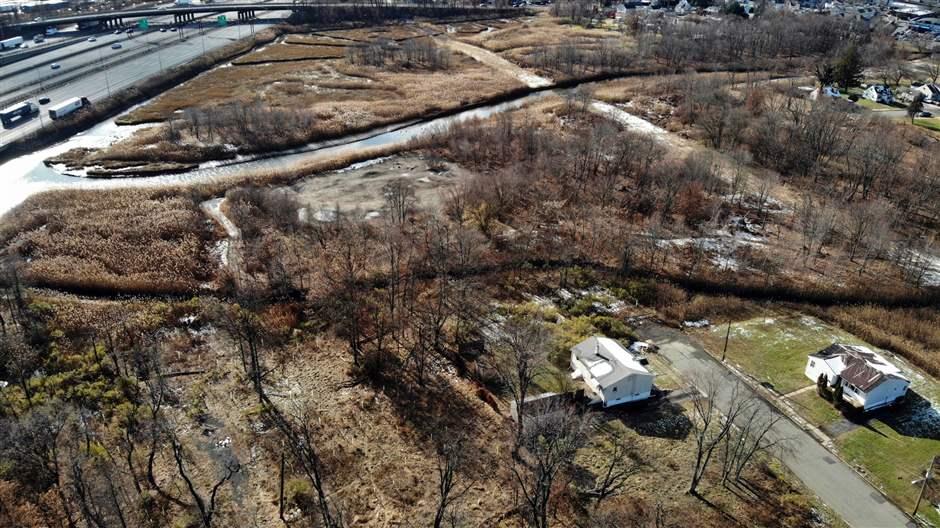
Just two days after announcing coronavirus stay-at-home orders, West Virginia Governor Jim Justice (R) signed legislation establishing a resilience office. This new agency is tasked with developing a comprehensive strategy to prepare for flooding and other natural hazards. West Virginia is one of several states pressing forward with strategies—across all state agencies—to mitigate the increasing costs and impacts of flooding while continuing to manage coronavirus response efforts.
And those costs can be extraordinary. According to the National Oceanic and Atmospheric Administration, since 2000 flood-related disasters across the country have caused more than $845 billion in losses and physical damage to assets such as homes, businesses, and critical infrastructure, a figure likely to grow if flooding becomes more frequent and extreme as experts predict. The federal government has been unable to reduce these costs, placing pressure on states to plan and prepare for flood risk—which research shows to be a prudent move: For every $1 invested in disaster mitigation, society saves an average of $6 in future recovery costs.
Over the past several years, an increasing number of states have launched efforts to develop and centralize plans to promote flood resilience, initiatives that many continue to carry out even as they deal with the challenges of the COVID-19 pandemic.
In North Carolina, Governor Roy Cooper (D) recently recognized the importance of ongoing resilience strategy development, saying, “While we work to defeat COVID-19, we must also remain vigilant in planning and preparing for future natural disasters.”
The state established the North Carolina Office of Recovery and Resiliency (NCORR) in 2018 after back-to-back years of destructive hurricanes. Amid the pandemic response efforts, NCORR is continuing its work with the North Carolina Department of Environmental Quality to create a state Climate Risk Assessment and Resiliency Plan. In March, the state released a report assessing historic climate patterns and future projections; that report will inform the statewide resilience plan that is expected this summer.

In New Jersey, the chief resilience officer and Interagency Council on Climate Resilience—created by Governor Phil Murphy (D) by executive order in October 2019—are drafting a comprehensive climate and flood resilience strategy to integrate flood risk reduction measures across state and local agencies. State officials have transitioned to virtual hearings and stakeholder engagement forums during the pandemic, and their work is on track to be unveiled this fall. Murphy also directed the Department of Environmental Protection to reform environmental permitting and regulatory requirements to consider climate threats in land use decisions to reduce development in high-risk areas.
Other states are also taking first steps toward resilience plans. Tennessee is assessing its risk to natural disasters and the effectiveness of mitigation practices across state agencies. Similarly, Washington created its Disaster Resiliency work group in 2018 to assess the potential role of a statewide coordination program. The Tennessee report is expected this summer, while Washington plans to complete its review by the end of 2020.
These examples show that states can continue to respond to the pandemic while taking steps to help protect their citizens from costly and dangerous flooding. It is critical for states to get ahead of rising disaster costs, especially now with resources further strained by the pandemic. As COVID-19 response efforts continue, resilience planning for future floods needs to press forward as well.
Laura Lightbody directs The Pew Charitable Trusts’ flood-prepared communities initiative.